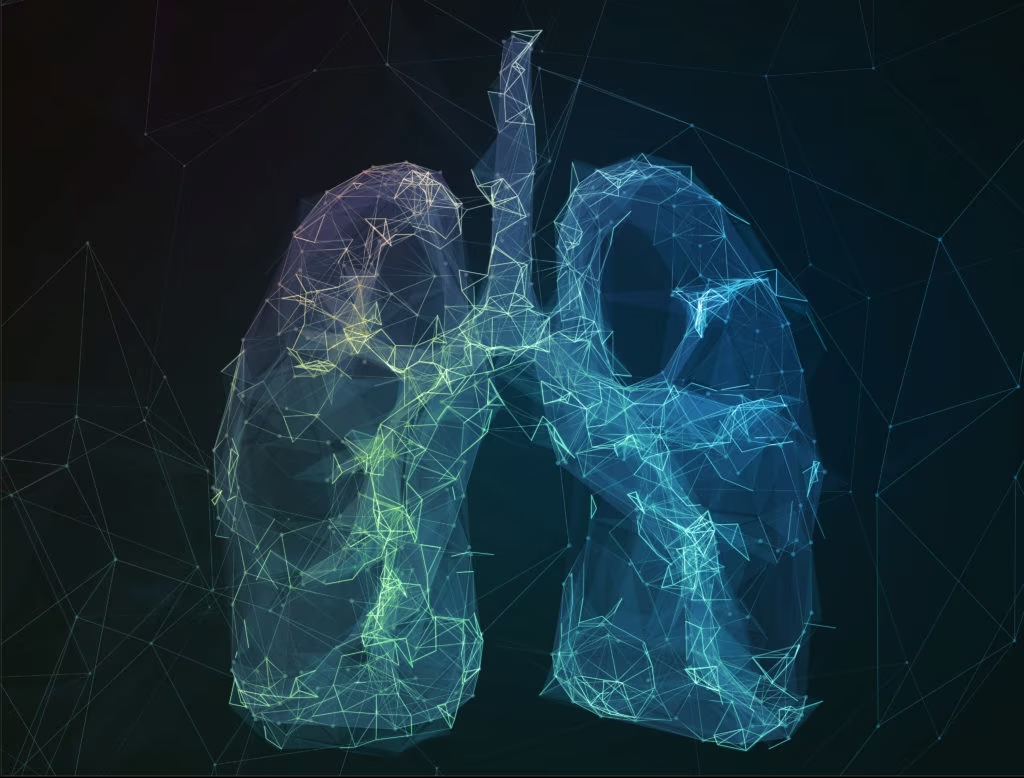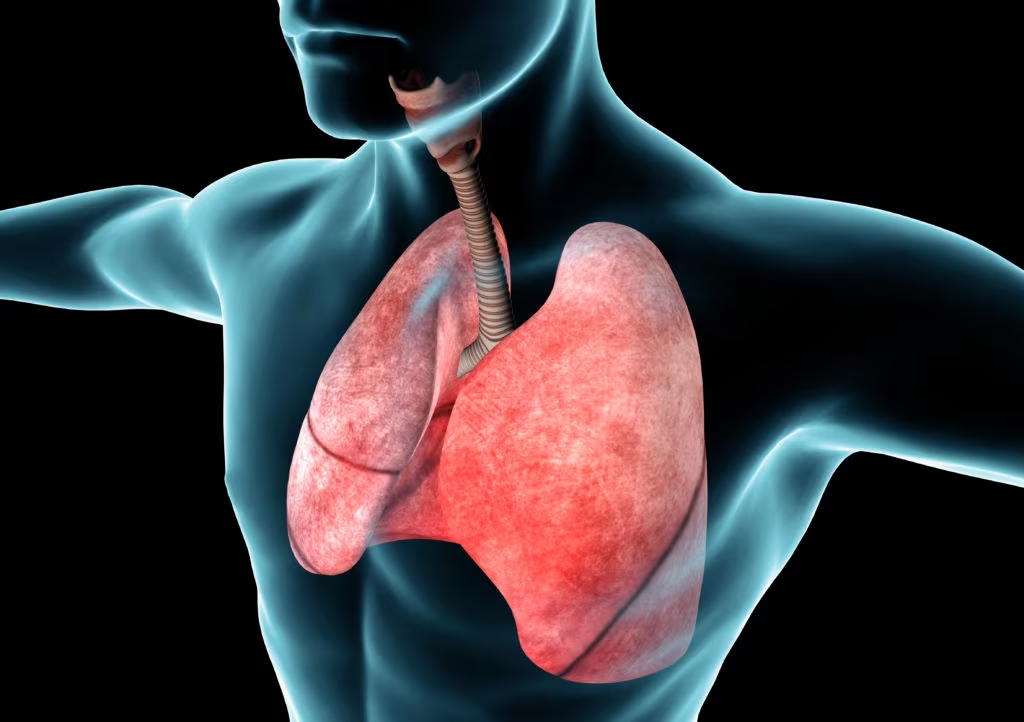Breathing problems during sleep commonly occur in children. Obstructive sleep apnoea (OSA) is the most common breathing-related problem that occurs during sleep and snoring is the main symptom. Habitual snoring, which is defined as snoring for more than three days a week, is seen in 7.45% of children.1 OSA is defined as recurrent events of partial or complete upper airway obstruction with disruption of normal oxygenation, ventilation and sleep pattern.2 Prevalence of OSA in children is 1–4%.1
OSA is associated with adverse health effects in children, such as cardiopulmonary consequences, neurocognitive impairment, growth failure and decreased quality of life.2 Therefore, it is recommended that children with snoring and symptoms of OSA undergo polysomnography (PSG) for diagnosis and assessment of severity of OSA.2 Although PSG is considered the gold standard for diagnosis of OSA in children, it also has some drawbacks:
• it is costly and not widely available;
• it requires an overnight hospital stay, which may not be well tolerated by children and may cause a first-night effect;
• there are no clear-cut values for treatment and treatment outcome cannot always be predicted by PSG.
Studies show that children living in poorer neighborhoods are more likely to have OSA.3 However, children with low socioeconomic status experience longer intervals from initial evaluation to PSG.4 The Childhood Adenotonsillectomy Study (CHAT) recently showed that 46% of children with PSG confirmed OSA improved without surgery and that the paediatric sleep questionnaire (PSQ) was better at predicting improvement in some of the outcomes after treatment, such as quality of life.5 Although healthy children rarely have respiratory events during sleep, it is still unclear what number of apnoeas or which level of oxygen desaturation are indications for treatment in children with OSA. A recent European Respiratory Society Task Force paper suggested the following indications for treatment:2
• An apnoea-hypopnoea index (AHI) >5 episodes/hour (irrespective of the presence of morbidity).
• AHI of one to five episodes/hour, in the presence of: morbidity from the cardiovascular system/ central nervous system; enuresis; somatic growth failure; decreased quality of life; or risk factors for persistence of sleep-disordered breathing (SDB).
• In the context of clinical suspicion of obstructive SDB and if PSG is not available, treatment is considered when an alternative diagnostic method indicates OSA or in the presence of morbidity.
Home sleep testing has been suggested as an alternative diagnostic tool and limited number of studies showed that at least type three portable monitors could be useful in children. As pointed out in a recent review,6the AHI can potentially be underestimated in home studies for several reasons:
• the denominator of the AHI is the total recording time and not total sleep time;
• hypopneas resulting in an arousal and not a desaturation will be not scored;
• information concerning sleep architecture will not be available.
Also, since it has been mostly studied in healthy children with snoring, home sleep studies are considered useful for diagnosis of children with moderate to severe OSA when PSG is not readily available. Another alternative for screening children with possible OSA is overnight pulse oximeter. Kaditis et al. reviewed 25 original articles to evaluate the efficacy of nocturnal oximetry in diagnosis of SDB in children.7 They reported that nocturnal oximetry emerged as a valuable tool that can facilitate treatment decisions when PSG is not available.
Treatment interventions for obstructive SDB are usually implemented in a stepwise fashion, starting from the least invasive modality. One or more of the following modalities are usually offered:
• weight loss;
• use of anti-inflammatory medications;
• adenotonsillectomy;
• orthodontic appliances or rapid maxillary expansion;
• continuous positive airway pressure (CPAP) or noninvasive positive pressure ventilation; or
• craniofacial surgery and tracheostomy.8
However, the main treatment modality in a child with OSA and adenotonsillar hypertrophy is adenotonsillectomy. Although symptoms usually improve with surgery, only 59.9% children are cured with adenotonsillectomy and residual disease is more common in children younger than three years of age, or children with obesity or severe OSA.9 Upper airway endoscopy during sedation can be a valuable tool in selecting patients for surgery. Treatment decisions based upon the anatomical findings observed during sleep endoscopy may improve surgical treatment outcomes. In a study performed in children, endoscopy findings prompted the authors to propose a conservative treatment instead of surgery or a combination of surgery and orthodontic treatment.10
The European Respiratory Society Task Force for Childhood OSA recommends that clinicians should refer patients for CPAP management if symptoms/signs or objective evidence of OSA persists after adenotonsillectomy or if adenotonsillectomy is not performed.2 Positive airway pressure therapy was associated with significant improvements in attention deficits; sleepiness on the Epworth Sleepiness Scale; behavior; and caregiver- and child-reported quality of life in a prospective study.11 In patients using CPAP, objective assessment of CPAP adherence is important. If the patient is non-adherent, then attempts should be made to improve adherence or other treatment options should be considered. However, despite suboptimal adherence, there was significant improvement in neurobehavioural function in children after three months of positive airway pressure therapy, which suggests that caregivers should not be discouraged about CPAP use.11
In conclusion, although OSA is a common problem in childhood, problems still exist both in diagnosing and treating the disorder. We need to improve diagnostic techniques to be able to diagnose OSA in a timely manner in all settings. While diagnosis is important, we should also be able to predict treatment response and improvement in morbidity. This maybe achieved by using multiple diagnostic approaches in a stepwise manner. We also need to use different treatment modalities in combination, based on the pathophysiology of the disorder with a more individualised approach.












